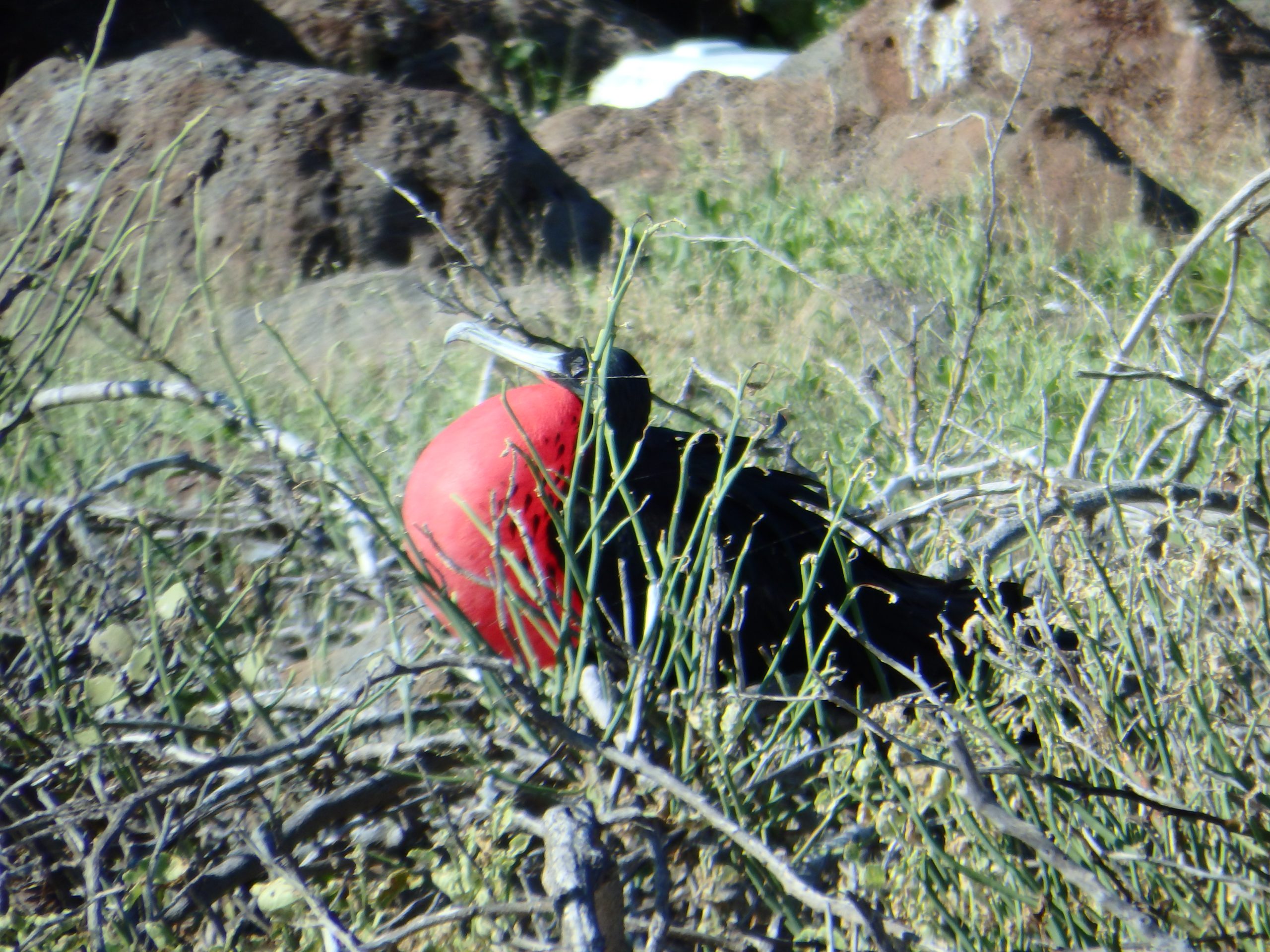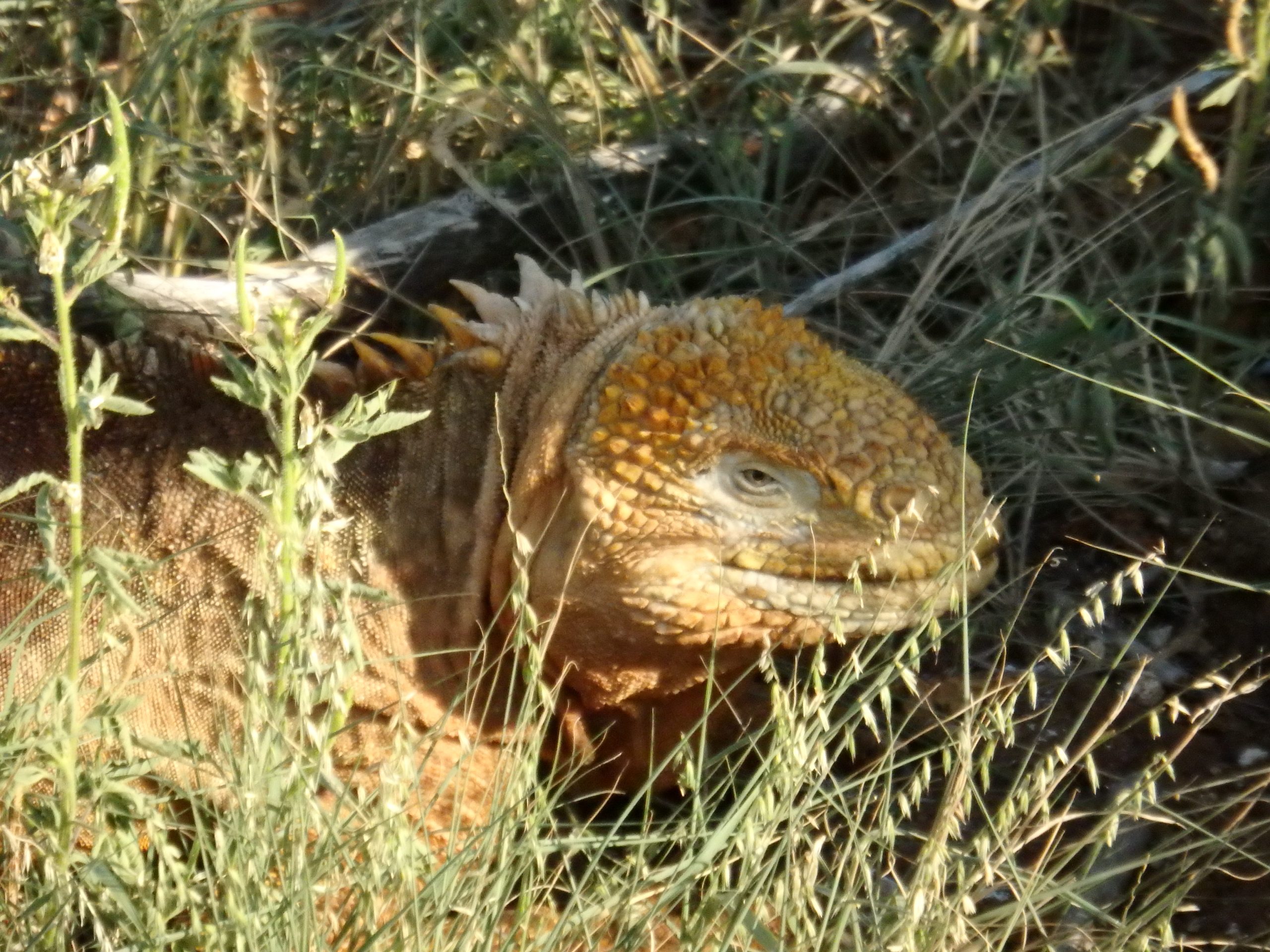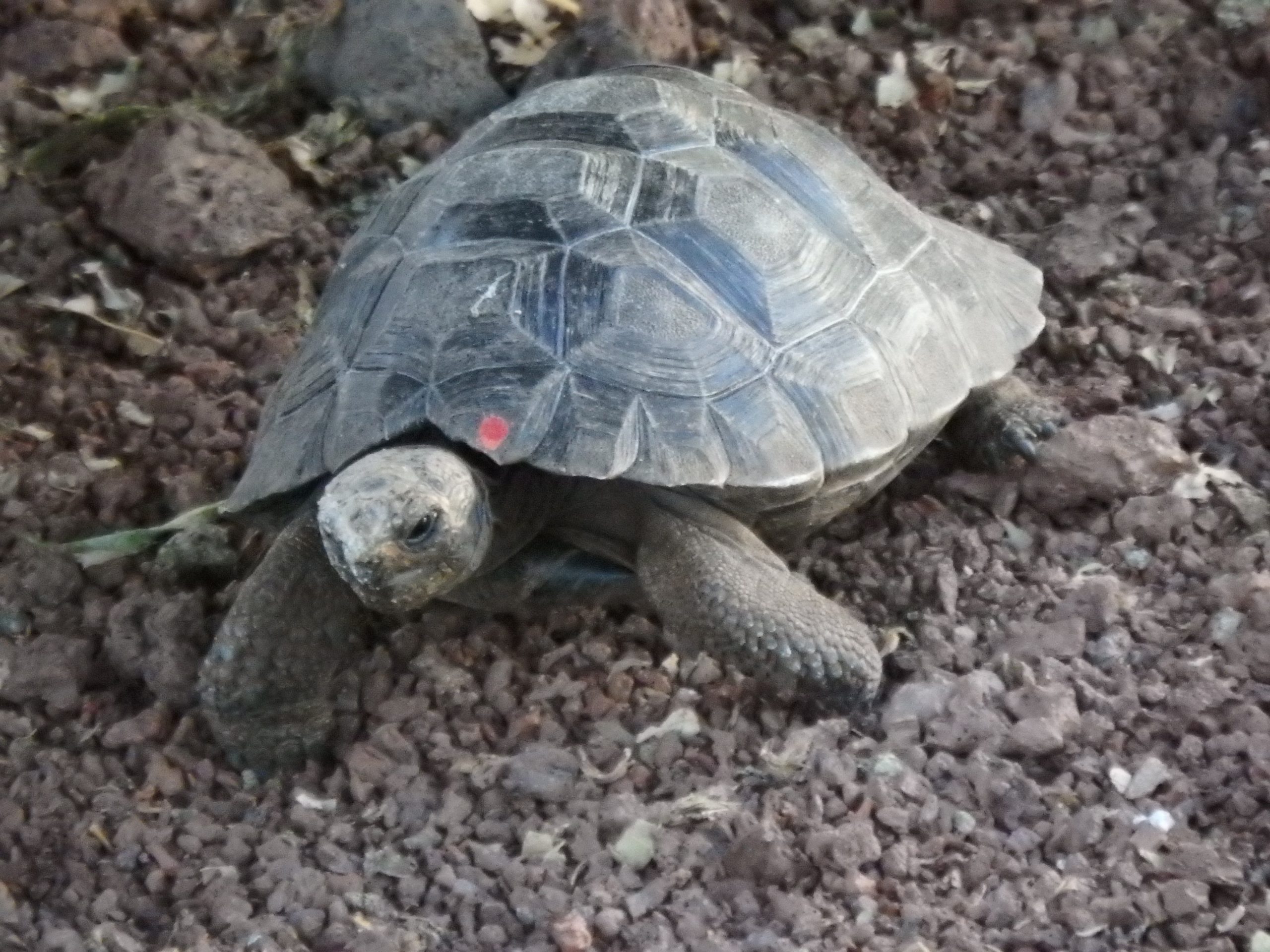Galápagos Islands: North Seymour, San Cristobal, Santa Cruz
The Galápagos Islands is a volcanic archipelago in the Pacific Ocean. It’s considered one of the world’s foremost destinations for wildlife-viewing. A province of Ecuador, it lies about 1,000km off its coast. Its isolated terrain shelters a diversity of plant and animal species, many found nowhere else. Charles Darwin visited in 1835, and his observation of Galápagos’ species later inspired his theory of evolution. ― Google
Believe me – this is one per life experience you will never forget!!!
North Seymour Island – This small island is one of the most important fishing sites for Marine Birds. This place is the reason for many travelers and ornithologists to observe the spectacular and diverse amount of birds of the Galapagos. The visit site is located next to the nesting area of Frigate Birds, both Magnificent and Common, that rest on the trees along the whole year. Witnessing the mating dance of the Blue Footed Boobies is also one of the highlights of the experience. There is additionally a Palo Santo forest that spreads on the south shore of Seymour where birds nest, and offer a spectacular view of the channel formed in between Bartolomé and Seymour.
San Cristóbal is the fifth largest and easternmost island of Galápagos. It is comprised of three or four fused volcanoes, all extinct. Its name comes from the Patron Saint of seafarers, “St. Christopher.” Its older English name of Chatham is named after John Pitt, 2nd Earl of Chatham. It is home to the oldest permanent settlement of the islands and is the island where Darwin first went ashore in 1835. El Junco, a small lake located near the top of the island, is the only source of permanent fresh water in the islands. This resource led to the early settlement of San Cristóbal, which was home to the islands’ governor when Darwin visited the archipelago in 1835. In 1858, Manuel Cobos and José Monroy formed the Orchillera Company to harvest orchilla moss (a lichen), which was used at that time as a dye. Cobos later formed an agricultural center called “El Progreso” inland from Puerto Baquerizo Moreno, which produced leather from feral cattle, and fish and tortoise oil. A penal colony was built on San Cristóbal Island in 1880 for prisoners from mainland Ecuador. This was eventually run by Cobos. By 1891, sugar cane plantations were established and a sugar factory was put into operation. Cobos ruled “El Progreso” with an iron fist, treating convicts as slaves. Cobos was assassinated by a group of his workers on January 15, 1904, and the prisoners escaped. A fishing company, called “The Predial” flourished from 1952 to 1960. The company stored fish in large refrigerators before shipping them to the continent. The business eventually fell into ruin due to its excessive costs.
Santa Cruz is an island in Ecuador’s Galápagos National Park. It’s known for sandy beaches like El Garrapatero. The town of Puerto Ayora is the archipelago’s tourism hub. Here, the Charles Darwin Research Station has a breeding program for endangered giant tortoises, which live wild in El Chato Reserve. Tortuga Bay attracts sea turtles and marine iguanas. Los Gemelos volcanic calderas and a lava tunnel lie inland. ― Google
Galápagos Islands Slideshows


